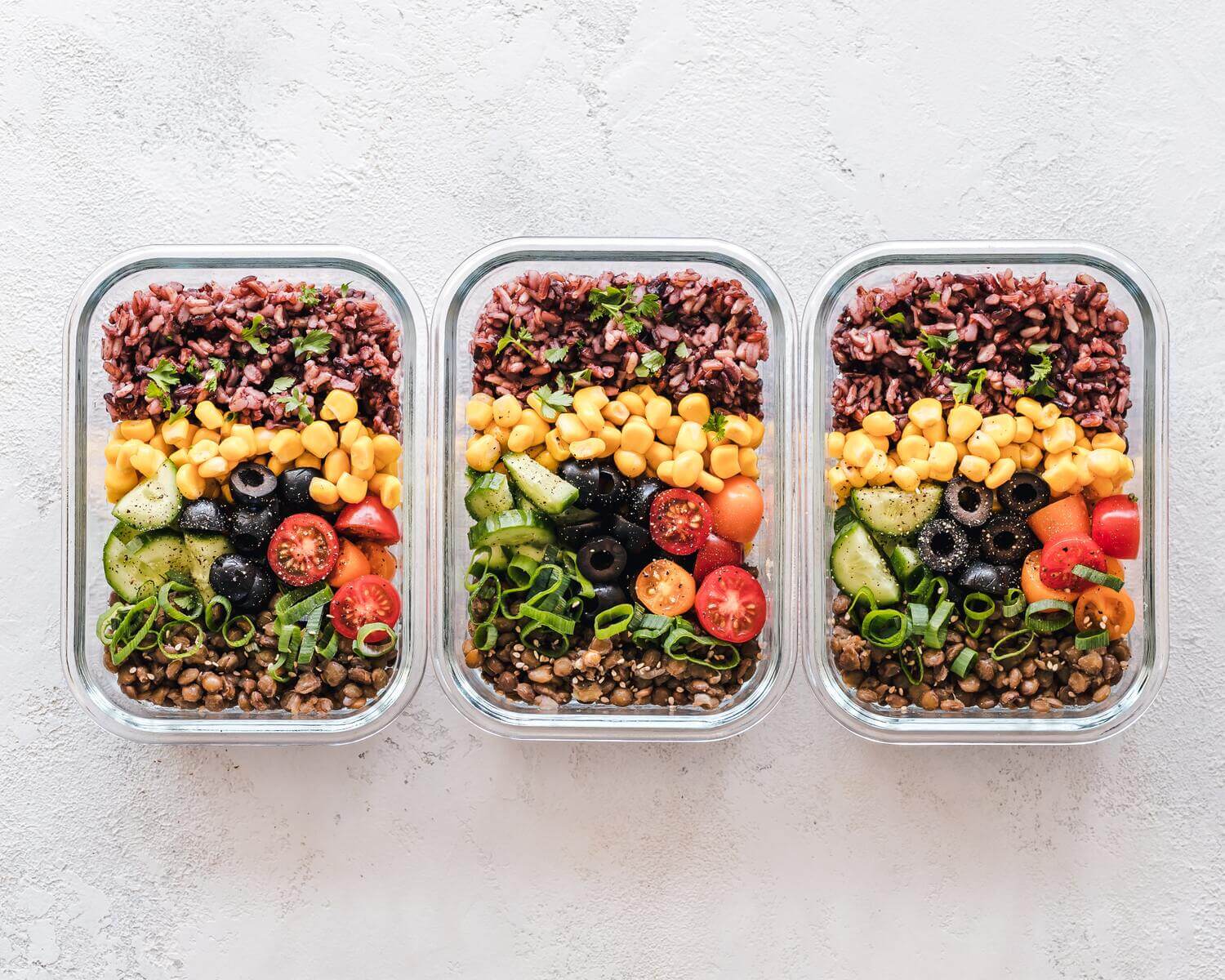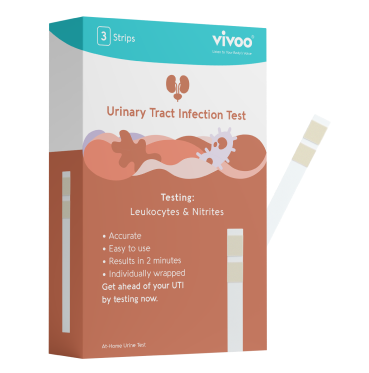Intermittent fasting is a kind of diet where you abstain from eating all or part of your food for a window of time during the day while eating regularly during a set period of time.
There are no limits on what you can eat during the window period where you can eat when intermittent fasting, making it different from other diets that are centered on restricting certain foods. There are no limits on the amount or types of food you can eat while intermittent fasting.
However, it’s still important that you make healthy choices. If you overdo it regularly by eating too much or eating unhealthy foods during your eating window, the chances are that you won’t reap the benefits of intermittent fasting. The right combination of nutrients provides the energy you need to maximize the benefits of intermittent fasting.
The best solution is to consume a balanced diet during your eating window, because this will help you sustain your energy levels while losing weight. Nutritious foods like seeds, whole grains, beans, nuts, vegetables, and fruits are all great choices. You should also eat a lot of lean protein.
Forms of Intermittent Fasting
Here are some different forms of intermittent fasting:
Alternate-day fasting

This involves eating normally for one day and fasting completely or eating a small meal (less than 500 calories) the next day. Some studies suggest that every other day fasting may be as efficient as a normal low-calorie diet for weight loss for a short time.
According to one study, alternate-day fasting is a viable weight loss strategy for normal weight and overweight individuals who wish to lose a moderate amount of weight (5–6 kg) within a relatively short period of time (12 weeks).
However, alternate day fasting is an intense form of intermittent fasting and may not be appropriate for beginners or people with some medical conditions such as kidney stones, diabetes, gastroesophageal reflux, or other medical conditions.
5:2 fasting
This form of intermittent fasting entails eating a normal diet five days a week and fasting for the remaining two days of the week by limiting yourself to one 500-600 calorie meal for the two days. An example of this would be if you eat normally every day of the week except Mondays and Thursdays when you would instead eat just one 500-600 calorie meal.
Daily time-restricted fasting
This involves eating normally, but only during sethours of the day. For example, 16:8 is a type of time-restricted fasting. It involves having an eating window that lasts for 8 hours, and fasting or avoiding eating for the remaining 16 hours of the day.
Does intermittent fasting work for weight loss?
Intermittent fasting can help you lose weight because it helps you eat fewer calories. According to a study in 2014, intermittent fasting decreases body weight by 3-8% over a period of 3-24 weeks. Also, a 2017 review suggests that intermittent fasting leads to greater weight loss and fat loss in overweight men.
Intermittent fasting changes hormone levels to facilitate weight loss. In addition to lowering insulin levels and increasing growth hormone levels, it increases the release of the fat-burning hormone noradrenaline (norepinephrine). Because of these hormonal changes, short-term fasting can help you burn even more calories.
However, a 2020 randomized-control study showed that people who did the 16:8 fast didn’t lose significantly more weight than people who ate three meals a day. In fact, some individuals even reported that they lost some muscle mass when intermittent fasting.
In addition, it was found that intermittent fasting and the mentioned hormone change may lead to different results depending on biological sex. One study conducted with women showed that blood sugar management actually worsened after a 22-day-long alternate-day intermittent fasting protocol.
It’s important to remember that the major reason for intermittent fasting success is that it helps you eat fewer calories overall. If you eat large amounts during your eating windows, you may not lose weight as opposed to when you eat minimally.
What is a good meal plan for intermittent fasting?
Alternate Day meal plan
Day 1: Eat a well-formulated diet. Don’t skimp on the healthy fats or calories.
Day 2: Abstain from food completely, or consume and/or drink up to 500 calories.
Day 3: Repeat day 1.
Day 4: Repeat day 2.
5:2 meal plan
Monday: Abstain from food completely, or consume and/or drink up to 500-600 calories.
Tuesday: Normal balanced diet
Wednesday: Normal balanced diet
Thursday: Abstain from food completely, or consume and/or drink up to 500-600 calories.
Friday: Normal balanced diet
Saturday: Normal balanced diet

Fasting meal plan for beginners
Breakfast 8 am:
- Green Smoothie
- Coffee/tea with no sweetener or cream
- Vanilla Chia Pudding topped with fruits and nuts of choice
- Eggs sautéed in butter with some red onion, spinach, and bell pepper
- Avocado toast with wheat bread
- Bacon
- Fruit
Lunch at noon:
- Grass-Fed Burgers
- Chicken and mixed veggie stir-fry over brown rice
- Chicken salad sandwich on whole-wheat toast
- Apple with peanut butter
Snack at 2:30 pm:
- Kale chips
- Cinnamon Roll Fat Bombs
- Yogurt and/or mixed nuts
- Oatmeal shortbread cookies
Dinner at 5:30 pm:
- Salmon & Veggies
- Meatballs with whole-wheat pasta and a side salad
- Baked potato with sour cream, butter, and cheese
- Spicy Mediterranean bowls
- Mushroom and sautéed asparagus
Have you thought more about checking up on your wellness and whether you’re getting the right nutrient in your body? Look no further than Vivoo! Vivoo is an at-home urine test that measures your body’s wellness based on 9 wellness parameters like protein, hydration, vitamin C, magnesium, calcium, and ketone levels, among many others.
After taking a test, the Vivoo App scores you on your overall wellness and provides you with detailed feedback on each wellness parameter. But best of all, it shares personalized nutritional and lifestyle advice prepared by dietitians and nutritionists based on your results to help you improve. How about starting your wellness journey today?














